Companion planting is a gardening technique that involves planting certain flowers, herbs, and vegetables together to enhance their growth and ward off pests naturally. The concept is rooted in creating a harmonious garden ecosystem where plants support and protect each other. By strategically pairing flowers that repel pests with those that attract beneficial insects, you can create a balanced and thriving garden environment. In this article, we’ll delve into the art of companion planting specifically for pest control and introduce you to some effective flower pairings to help safeguard your garden.
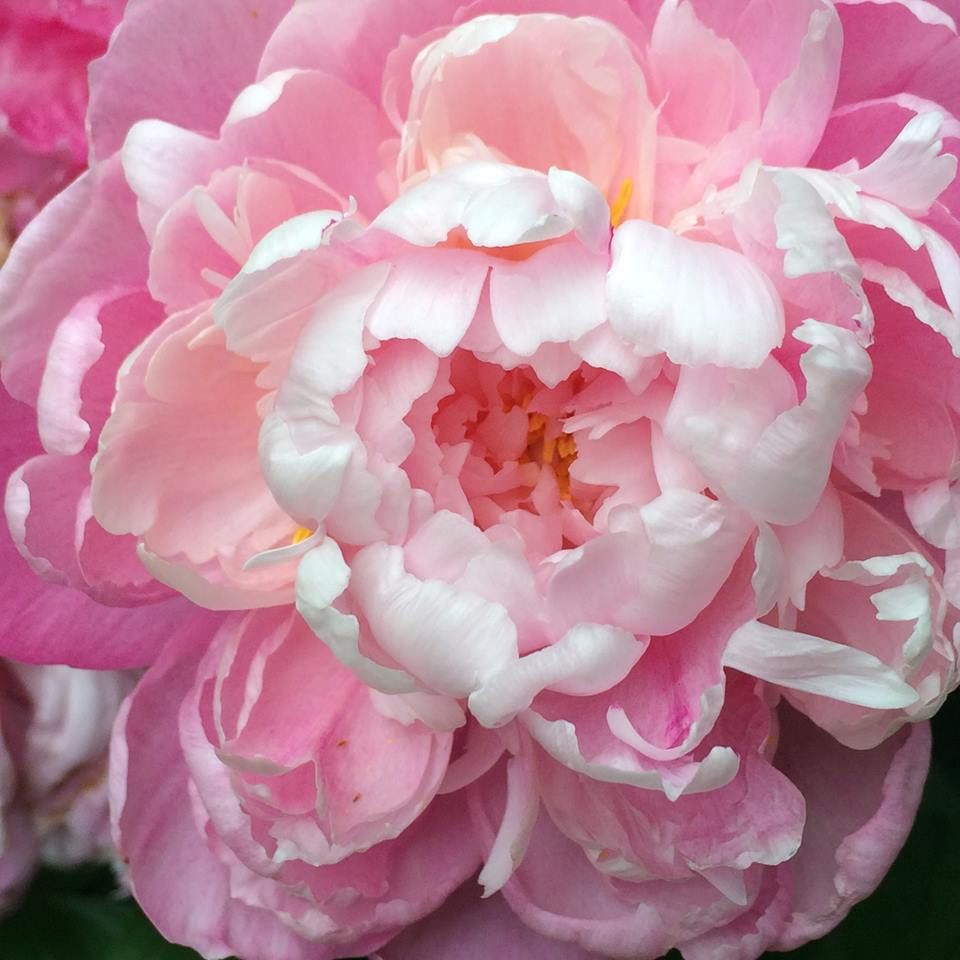
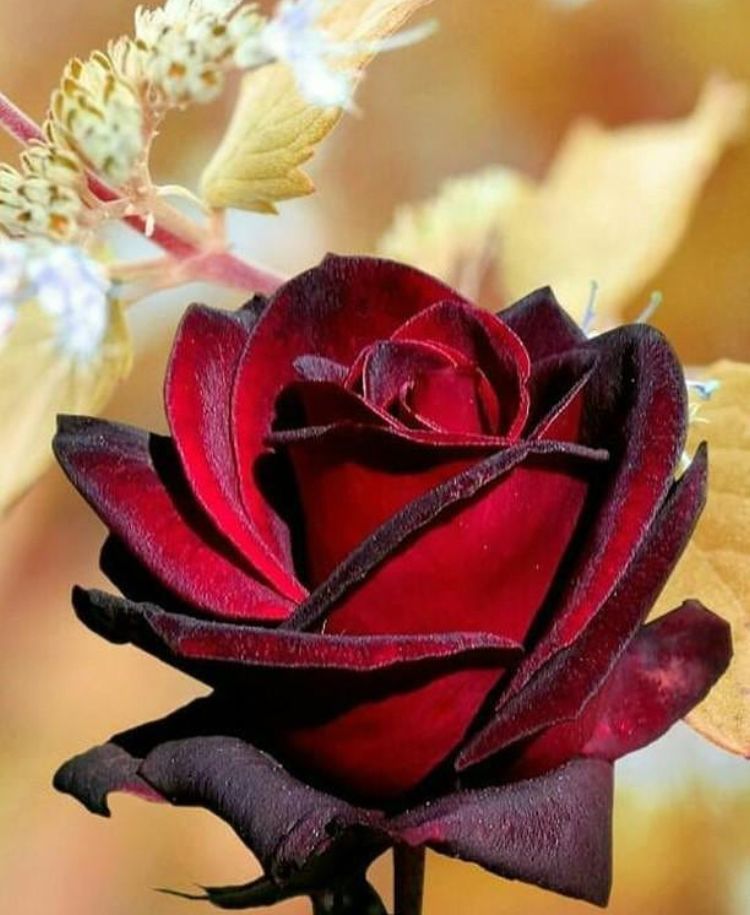
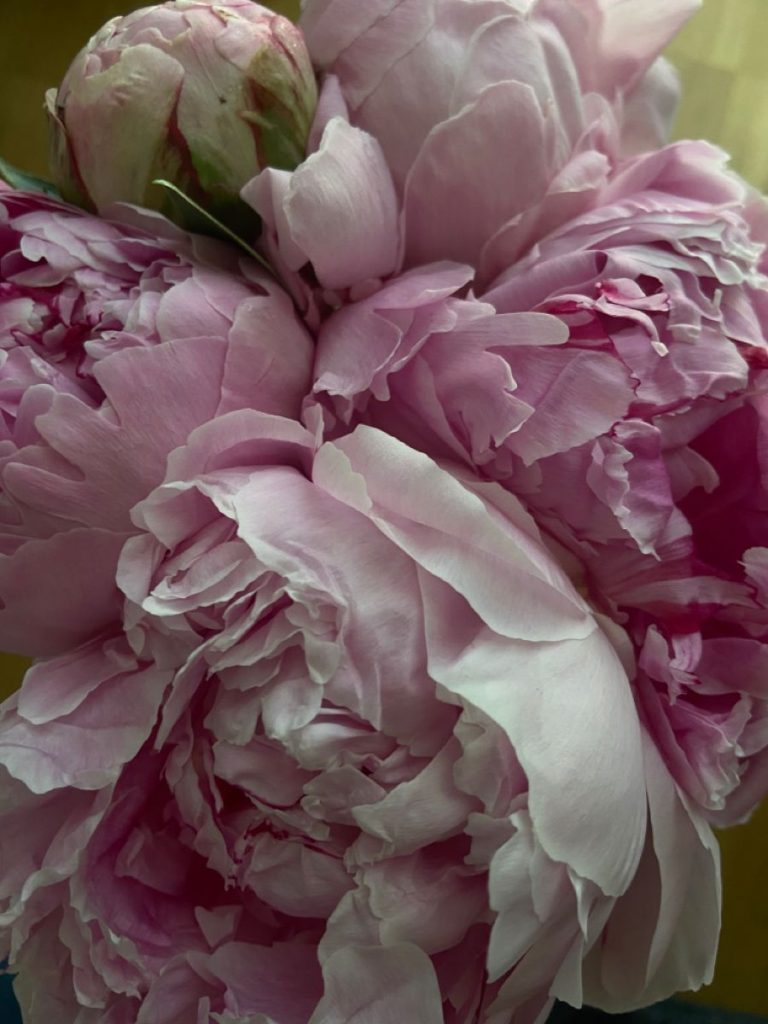
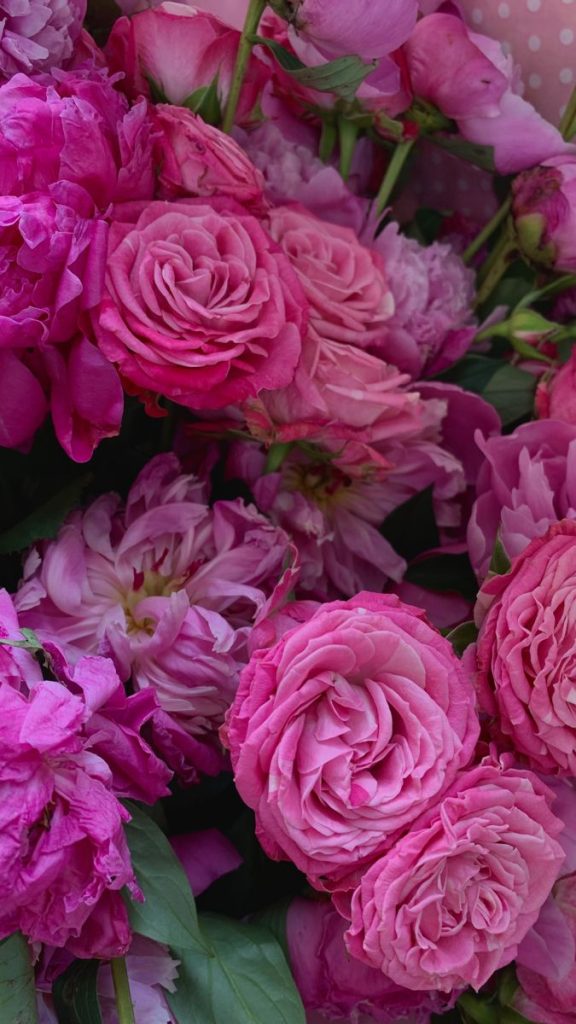
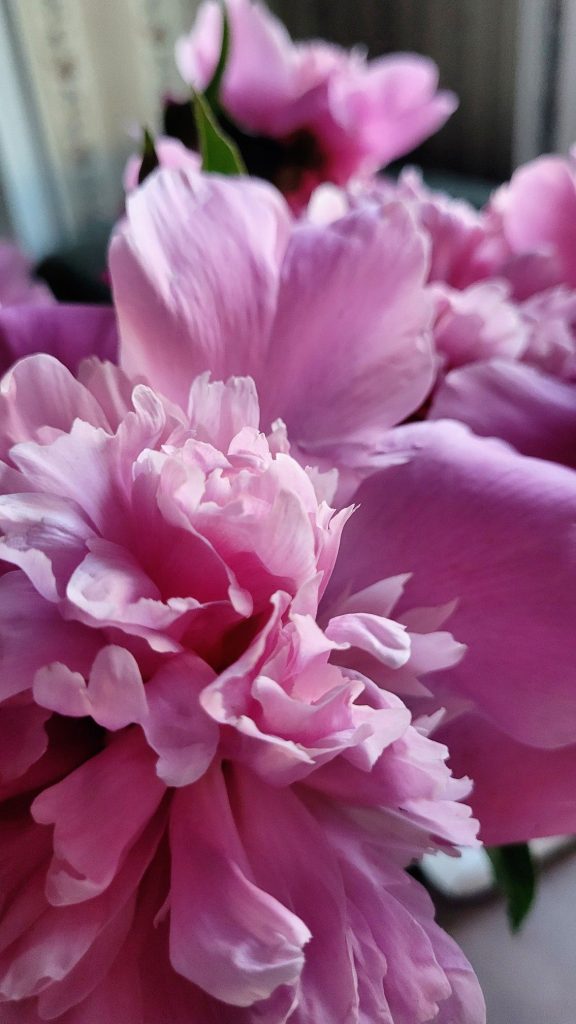
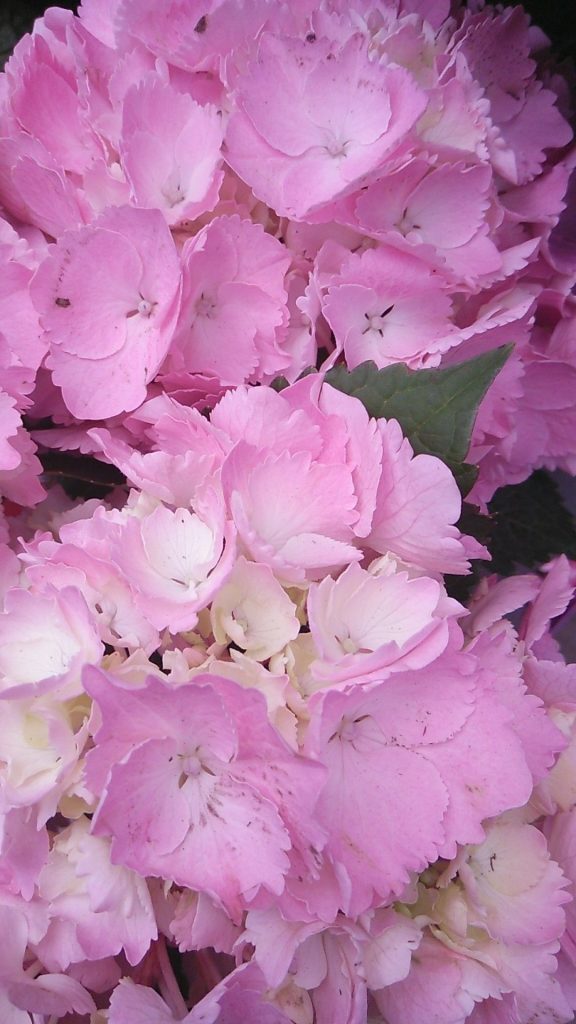
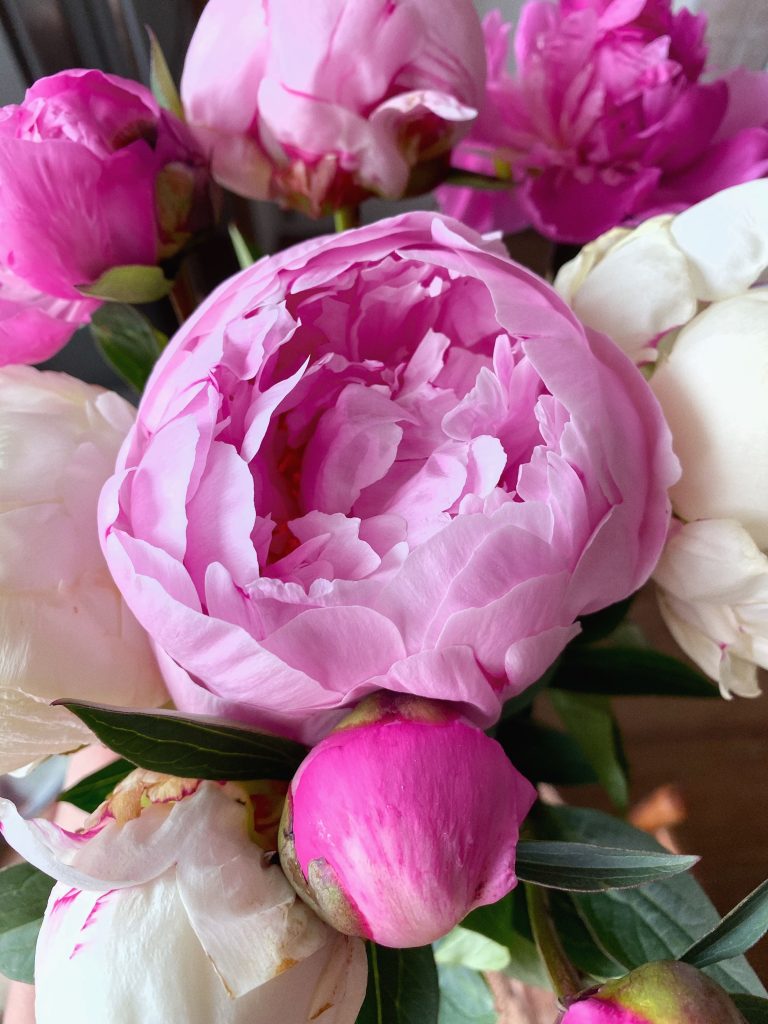
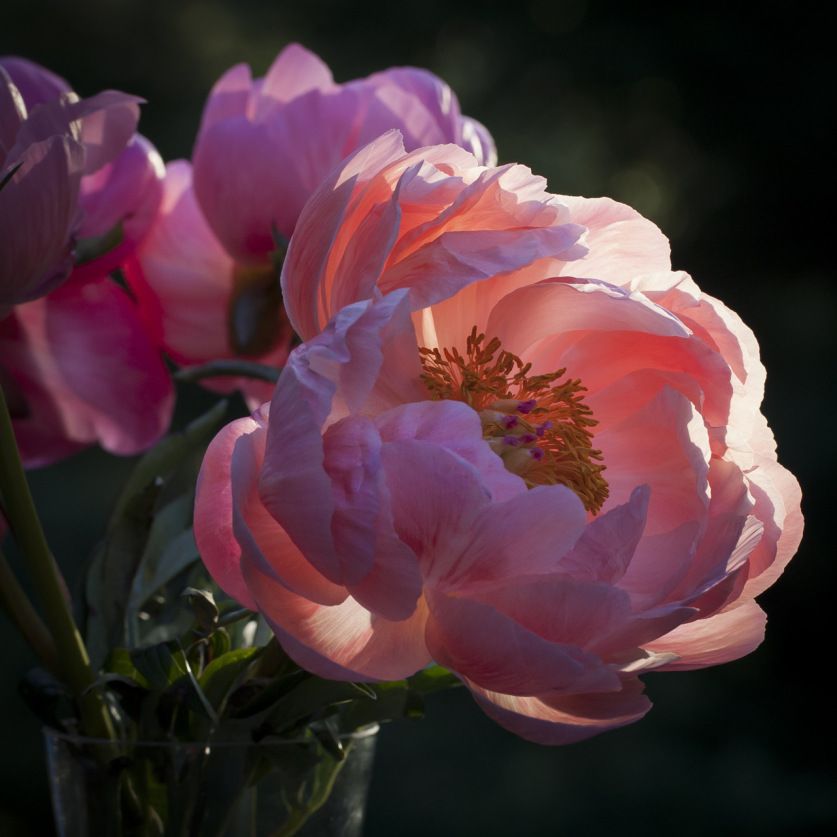
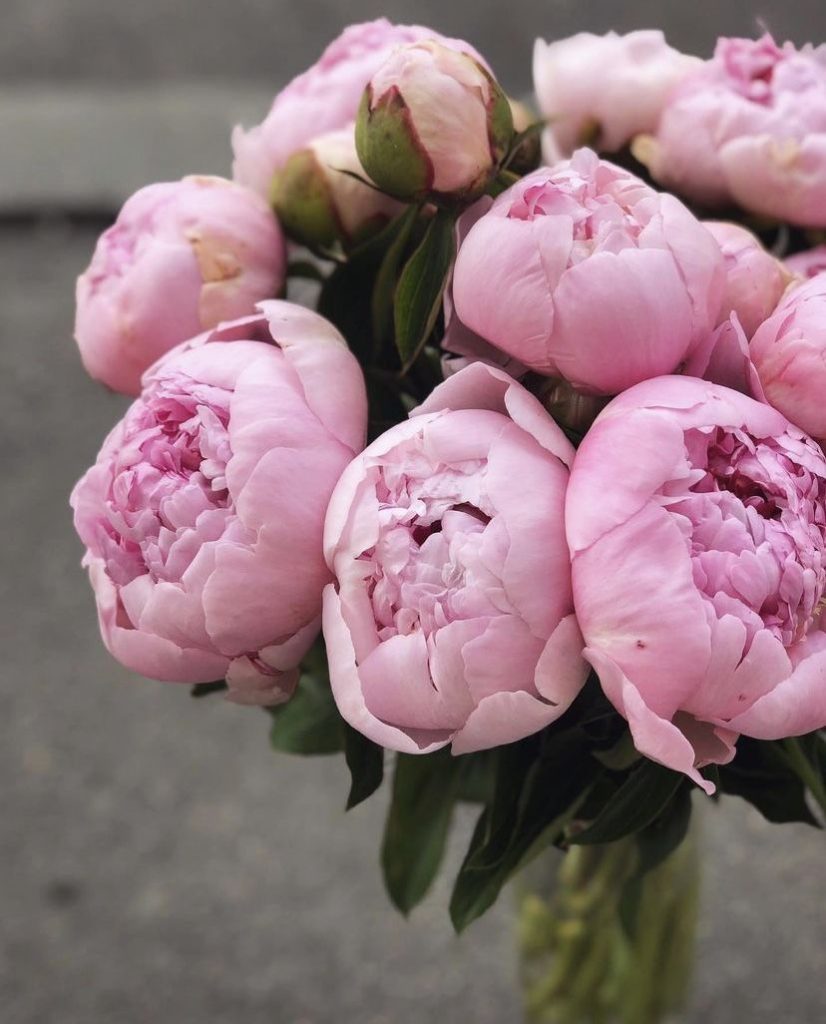
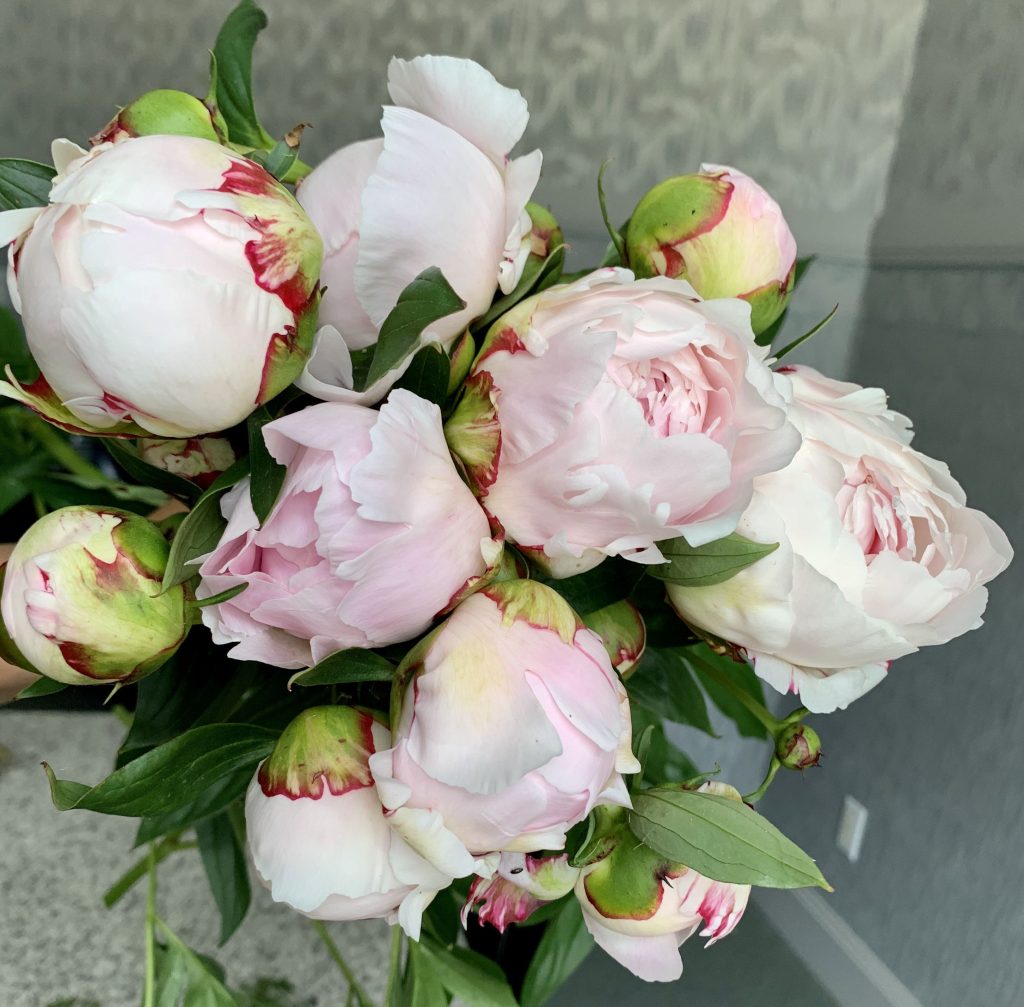
How Companion Planting Works for Pest Control
Tip: Companion planting works on the principle of using the natural attributes and interactions between plants to deter pests. Some flowers emit scents or compounds that repel pests, while others attract beneficial insects like ladybugs, lacewings, and hoverflies that feed on garden pests. By pairing these flowers together, you can create a natural pest control system that reduces the need for chemical pesticides.
Effective Flower Pairings for Pest Control
Marigolds and Tomatoes
Tip: Marigolds are known for their strong scent that repels many garden pests like aphids, whiteflies, and nematodes. Planting marigolds around tomato plants can help protect them from these common pests, while also adding a pop of vibrant color to your garden.
Lavender and Roses
Tip: Lavender not only adds beauty and fragrance to your garden but also repels pests like moths, fleas, and mosquitoes. Planting lavender alongside roses can help deter these pests, allowing your roses to thrive and bloom beautifully.
Nasturtiums and Cucumbers
Tip: Nasturtiums are excellent companion plants for cucumbers as they repel cucumber beetles, aphids, and squash bugs. Plus, their vibrant flowers are edible and can be added to salads for a peppery kick!
Sunflowers and Beans
Tip: Sunflowers attract pollinators like bees and butterflies, which are beneficial for bean plants. The tall stature of sunflowers can also provide shade for beans during hot summer months. This pairing creates a symbiotic relationship that benefits both plants.
Chrysanthemums and Lettuce
Tip: Chrysanthemums contain a natural insecticide called pyrethrum, which can help control pests like aphids, leafhoppers, and spider mites. Planting chrysanthemums near lettuce plants can help protect them from these pests, ensuring you have crisp and healthy lettuce leaves for your salads.
Tips for Successful Companion Planting
Tip: When planning your companion planting strategy, consider the specific pests you want to control and choose flowers that are known to deter those pests. Also, pay attention to the sunlight, soil, and water requirements of the companion plants to ensure they are compatible with each other. Rotate your crops and change your companion plant pairings each season to prevent the buildup of pests and diseases.
Conclusion
Companion planting offers a natural and effective way to control pests in your garden while promoting a healthy and balanced ecosystem. By strategically pairing flowers that repel pests with those that attract beneficial insects, you can create a garden that not only looks beautiful but also thrives without the need for chemical pesticides. Whether it’s marigolds and tomatoes, lavender and roses, or nasturtiums and cucumbers, these flower pairings can help you protect your garden from unwanted pests and enjoy a bountiful harvest. So why not give companion planting a try in your garden? With these tips and flower pairings, you’ll be well on your way to creating a pest-free paradise that both you and your plants will love!